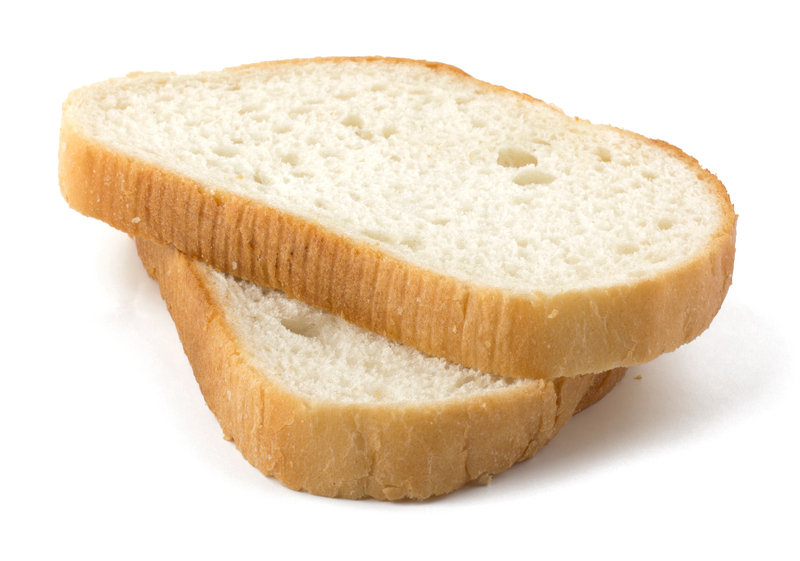Shades play a crucial role in home decor, offering privacy, controlling light, and enhancing aesthetics. However, they gather dust and grime over time, which can affect their appeal and functionality. Cleaning your shades might seem daunting, but with the right techniques and tips, you can keep them looking pristine effortlessly.
Why Keeping Your Shades Clean is Important
Regularly cleaning your shades not only extends their lifespan but also maintains the air quality of your living space. Dust and allergens that accumulate on shades can contribute to respiratory issues, so a routine cleaning schedule helps to mitigate these problems.

Materials You'll Need
Before diving into the cleaning process, gather the necessary materials:
- Vacuum with brush attachment
- Soft microfiber cloths
- Warm water and mild detergent
- A sponge or soft brush
- A bucket or spray bottle
General Cleaning Instructions
1. Vacuuming: Start by vacuuming your shades using the brush attachment. This helps to remove loose dust and debris.
2. Wiping Down: Use a soft microfiber cloth to wipe down the shades. For fabric shades, gently brush with a dry sponge or cloth. Vinyl or metal shades require a slightly damp cloth to remove built-up grime.
3. Spot Cleaning: Add a small amount of mild detergent to warm water. Dip a soft cloth or sponge in the solution and gently scrub any stains or spots. Avoid soaking the material, especially if it's fabric.
4. Drying: Allow the shades to air dry completely before retracting or using them.
Specific Cleaning Techniques for Different Types of Shades
Fabric Shades
Fabric shades, such as Roman or cellular, require delicate handling. Avoid submerging them in water. Instead, blot stains with a cloth dampened with a mixture of water and mild detergent. For stubborn stains, consider professional cleaning.
Vinyl and Aluminum Shades
These are more durable and can withstand a bit more moisture. You can use a damp cloth with mild detergent to clean these shades. Ensure you wipe them dry to prevent water spots or streaks.
Wooden Shades
Wooden shades need special care to prevent damage from moisture. Use a soft, dry cloth or specialized wood cleaner to wipe them down. Avoid using water or harsh chemicals on wooden shades.
Tips for Maintaining Clean Shades
- Regular Dusting: Incorporate shade dusting into your weekly cleaning routine.
- Immediate Stain Removal: Address spills and stains as soon as they occur to prevent them from setting.
- Proper Ventilation: Ensure your rooms are well-ventilated to minimize dust accumulation.
Pros and Cons of Different Cleaning Methods
Pros
- Vacuuming: Quick and efficient for removing loose dust and debris.
- Damp Cloth Wiping: Effective for removing light grime without damaging the material.
- Spot Cleaning: Targets specific stains, preserving the overall look of the shades.
Cons
- Vacuuming: May not remove stubborn stains or buildup.
- Damp Cloth Wiping: Over-wetting can damage certain materials, particularly fabric and wood.
- Spot Cleaning: Time-consuming and might not be effective for extensive grime.

Takeaways
- Regular cleaning of shades improves their longevity and maintains air quality.
- Different types of shades require specific cleaning methods and materials.
- Adopting a maintenance routine can alleviate the burden of deep cleaning.
Conclusion
Cleaning your shades need not be a tedious task. By following the outlined methods and tips, you can keep your shades in top condition with minimal effort. Remember, the key is consistency and using the appropriate materials for your specific type of shades. With these insights, you can enjoy clean, beautiful shades that enhance your home's aesthetic and functionality.



